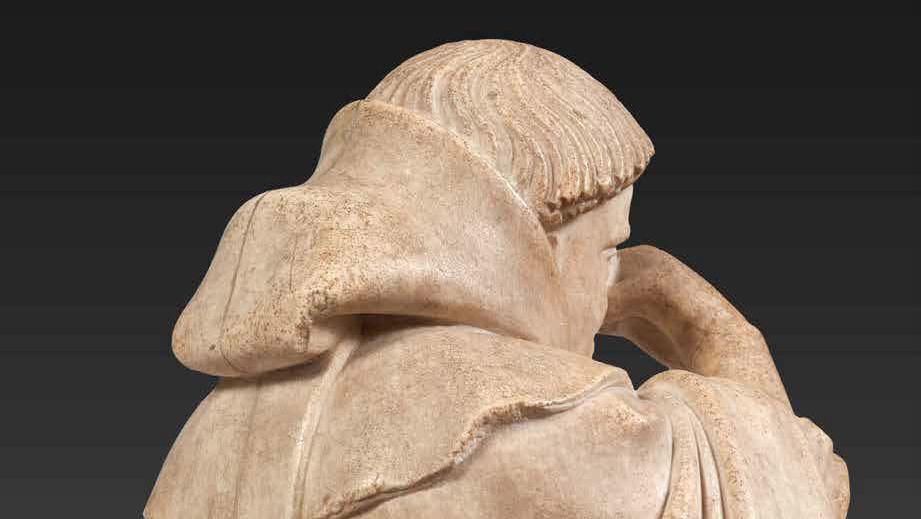Drouot is hosting a series of panel discussions on issues involving the art market. A precedent-setting decision was made public at the first round table, which focused on the government’s claims to Church property.
Limoges, incense burner on an enameled, engraved and gilded copper champlevé pedestal, the plates c. 1230–1250, the foot and hinges from the third quarter of the 19th century, 5.4 x 18.1 x 12 cm/2.12 x 7.12 x 4.72 in. Withdrawn from an auction at Paris, Drouot (Pierre Bergé & Associés) on December 18, 2019.
PHOTO PIERRE BERGÉ & ASSOCIÉS
Citing the 1789 decree putting Church property “at the disposal of the Nation”, France’s Ministry of Culture has been seizing ecclesiastical art for several years. A "mourner" from Burgundy and Chartres’s former rood screen ( jubé in French) were the most emblematic cases, but more followed.
On October 4, Drouot Patrimoine president Alexandre Giquello opened a panel discussion where Marie-Amélie Carlier of the Brimo de Laroussilhe Gallery, medieval art expert Laurence Fligny and attorney Basile Ader voiced their bewilderment over a wave of government claims signaling a more hard-line policy.
A mourner from a Burgundian duke’s tomb was seized from collectors whose family had owned it for over a century, even though they had…
com.dsi.gazette.Article : 28426
This article is for subscribers only
You still have 85% left to read.
